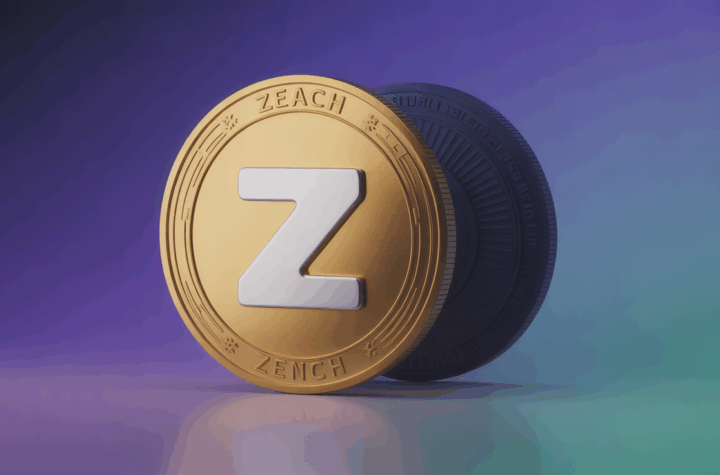
Education has always been a powerful tool for unlocking human potential. Yet, in today’s rapidly evolving digital age, how we teach and learn is changing like never before—and Artificial Intelligence (AI) is at the heart of this transformation. From tailoring lessons to individual needs to handling tedious administrative work, AI is leaving a profound mark on modern education.
Here’s a closer look at the innovative ways AI is revolutionizing the world of learning.
Tailored Learning for Every Student
Perhaps one of AI’s most significant benefits in education is its ability to enable personalized learning. Unlike traditional methods where the same content is delivered to all students, AI can:
- Analyze individual learning styles and progress
- Highlight each student’s unique strengths and areas for improvement
- Recommend resources and activities suited to their needs
AI-driven learning tools adjust the difficulty of lessons in real time, helping keep students engaged and ensuring no one falls behind.
Virtual Tutors Supporting Learners
AI is also stepping into the role of digital tutors, offering around-the-clock support. These intelligent systems can:
- Respond to students’ questions instantly
- Offer feedback on assignments and quizzes
- Help explain difficult topics step by step
This gives students the chance to learn independently while still having access to help whenever they need it, especially in challenging subjects like mathematics, science, or languages.
Streamlining Administrative Tasks
Educators and school staff often juggle a heavy administrative workload alongside teaching responsibilities. AI can ease this burden by:
- Automating grading for tests and written work
- Generating detailed reports on student performance
- Handling communication with parents and students
By taking care of repetitive tasks, AI gives teachers more time to connect with their students and focus on high-quality instruction.
Making Learning More Inclusive
AI is helping education become more accessible and inclusive for students of all backgrounds and abilities. For instance:
- Speech-to-text software assists those who are deaf or hard of hearing.
- Text-to-speech applications aid learners with visual impairments or reading difficulties.
- Instant translation tools help non-native speakers understand classroom materials.
Thanks to these technologies, students who previously faced obstacles can participate more fully in the learning experience.
Empowering Educators with Insights
AI’s ability to process and analyze large amounts of data helps schools and teachers gain valuable insights. This data-driven approach allows educators to:
- Spot students who may be struggling early on
- Identify effective teaching strategies
- Improve learning outcomes across entire classes or schools
Such insights help teachers adapt their methods for better results and provide extra support where it’s most needed.
Engaging Students Through Immersive Experiences
With the help of AI—and technologies like Virtual Reality (VR) and Augmented Reality (AR)—learning is becoming more dynamic and engaging. Imagine:
- Journeying through space in 3D instead of merely reading about planets
- Performing virtual experiments safely without a physical lab
- Practicing language skills with AI-powered avatars
These interactive experiences spark curiosity, make learning fun, and help students understand complex ideas more easily.
Preparing Students for Tomorrow’s World
Another critical benefit of bringing AI into education is preparing students for careers in a world where technology continues to evolve. As AI influences sectors like healthcare, business, and engineering, students with knowledge of AI tools and concepts will be better positioned for future success.
Addressing Challenges Along the Way
Despite AI’s many advantages in education, there are challenges to overcome, including:
- Safeguarding student privacy and sensitive data
- Preventing bias in AI systems to ensure fairness
- Ensuring all schools have equal access to these technologies
It’s essential for educators, policymakers, and technology developers to tackle these issues as AI becomes more integrated into classrooms.
Wrapping Up
AI’s role in modern education is both exciting and transformative. From personalizing learning experiences to helping teachers with their workloads, AI is making education smarter, more effective, and more inclusive. While there’s still work to be done, there’s no doubt that AI is changing how we teach and learn—and shaping a promising future for students everywhere.






More Stories
AI Meets Quantum Computing: Unlocking New Frontiers
How Open-Source AI Is Gaining Momentum
AI Startups and Giants Making Waves This Year